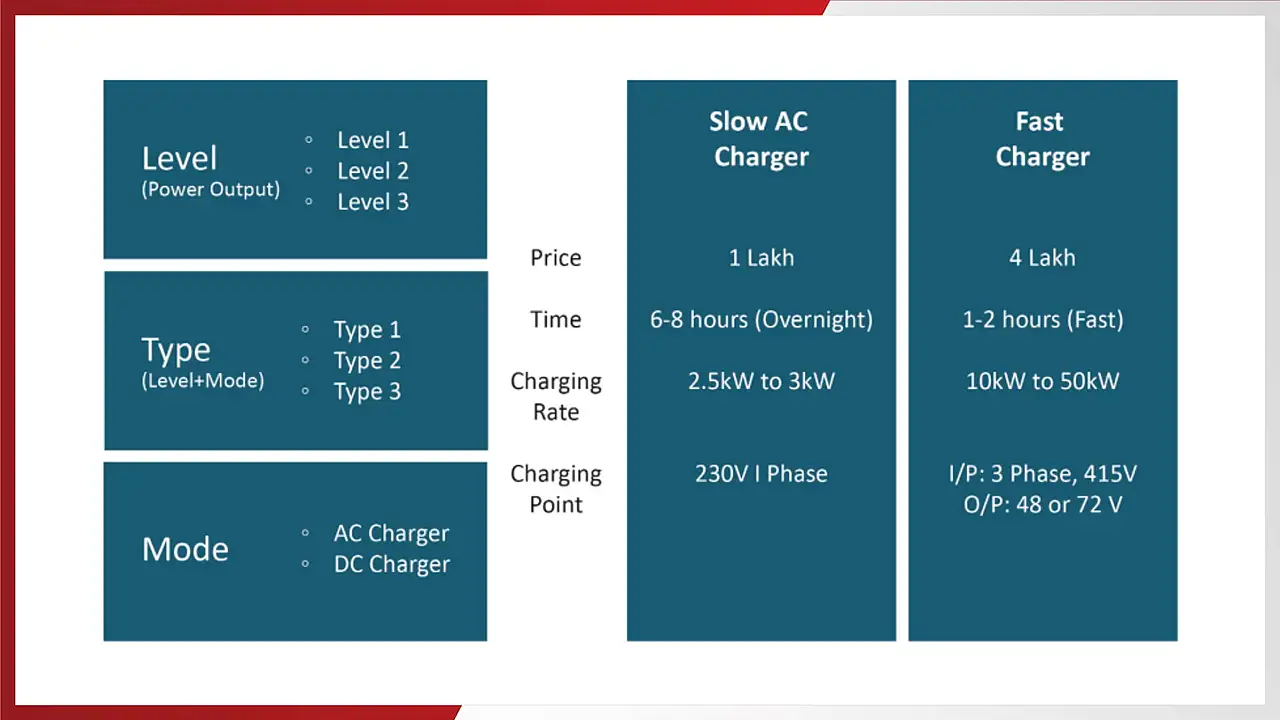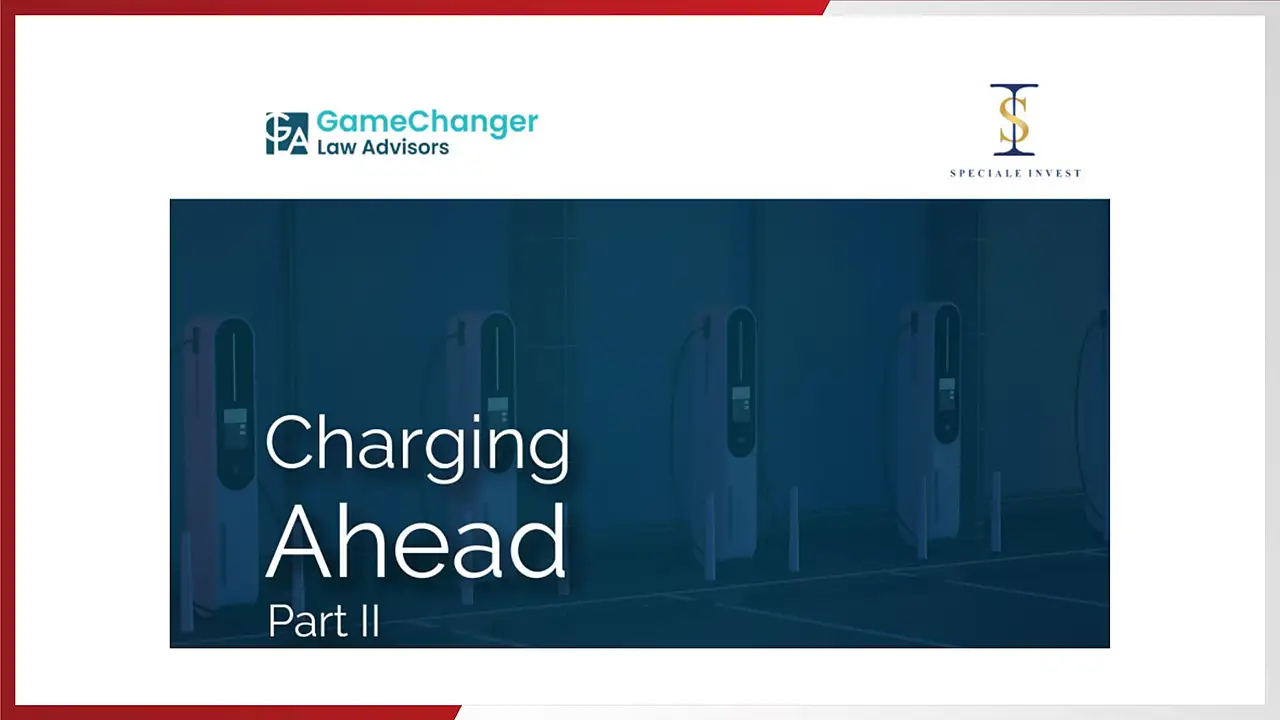
As the global push for electric powertrain intensifies, India's EV sector stands at a critical juncture. The newly released report, Charging Ahead II, by GameChanger Law Advisors and Speciale Invest delves into the infrastructural, regulatory, and financial frameworks underpinning India's EV charging ecosystem. Despite the promising expansion of EV adoption, inadequate charging infrastructure remains a major bottleneck in achieving the country's ambitious climate and energy goals.
Current State Of EV Charging Infrastructure
The report highlights the glaring disparity between India's EV adoption rate and its charging infrastructure capacity. With a current ratio of one charging station for every 135 electric vehicles, the country lags significantly behind the global standard of one station for every 6–20 EVs. As of February 2024, India had 12,146 operational public EV charging stations, compared to 6,586 in March 2023—a remarkable increase but still insufficient for the anticipated surge in EV ownership.
Maharashtra leads with 3,079 charging stations, followed by Delhi (1,886) and Karnataka (1,041). However, these numbers fall short of the infrastructure required to meet the 2030 target of 30% EV penetration in private vehicle registrations, which translates to 80 million EVs.
Policy & Government Initiatives
The Government of India has implemented various measures to promote charging infrastructure development. Notable initiatives include:
FAME II Scheme: INR 800 crore sanctioned for setting up 7,432 public fast charging stations.
Highway Charging Networks: National Highways Authority of India aims to install charging stations every 40–60 kilometres on major routes.
State-Specific Policies: States like Delhi and Maharashtra have introduced subsidies and incentives for EV adoption and infrastructure development.
Despite these efforts, challenges such as land acquisition for charging stations, high operational costs, and lack of standardised protocols persist.
Investment Trends
Private sector players, including Tata Power, Ather Energy, and Statiq, have significantly contributed to charging infrastructure development. Tata Power has installed over 4,000 public and semi-public charging points across 450 cities, while Ather Energy has established over 1,500 fast-charging grids for two-wheelers.
The report also underscores a growing investor interest in the sector. Over the past five years, Indian startups in the charging infrastructure space have raised approximately $ 511 million across 128 funding rounds. However, the sector still requires larger investments and robust public-private partnerships to achieve scale.
Key Challenges
Cost and Accessibility: Setting up a charging station involves high upfront costs, making it unviable for many operators without substantial subsidies or partnerships.
Technological Standards: The absence of unified standards for charging connectors and protocols creates interoperability issues.
Consumer Awareness: Limited awareness about EV benefits and charging solutions hampers consumer confidence and adoption.
Geographic Diversity: India's diverse climatic and geographic conditions pose unique challenges for infrastructure durability and efficiency.
The report draws comparisons with global leaders like California, the United Kingdom, and Singapore. These regions have achieved significant progress by leveraging targeted incentives, standardised protocols, and public-private collaborations. For instance, Singapore’s “National Grid” initiative aims to deploy 60,000 charging points by 2030, with Government subsidies facilitating private sector participation.
Recommendations For India
Standardisation: Adopting unified charging standards, like the BIS-approved Light Electric Combined Charging System (LECCS), can promote interoperability and efficiency.
Integrated Planning: Charging infrastructure must be integrated into urban planning and real estate projects to ensure accessibility.
Incentivising Private Investment: Enhanced financial incentives and tax benefits can attract private players to the sector.

India's EV sector represents a significant economic and environmental opportunity, but realising its potential hinges on addressing the pressing infrastructure gap. The Charging Ahead II report provides a comprehensive roadmap for overcoming these challenges, urging stakeholders to act decisively.